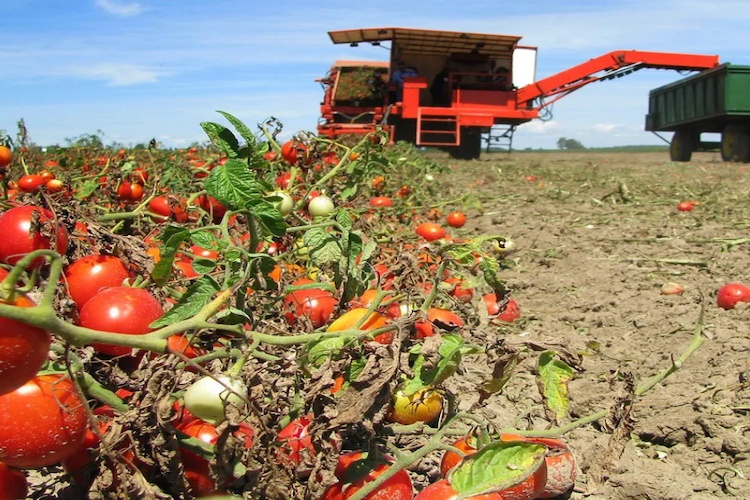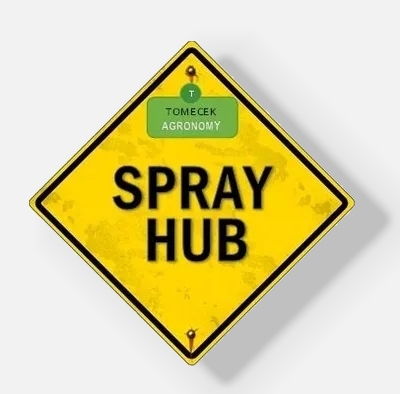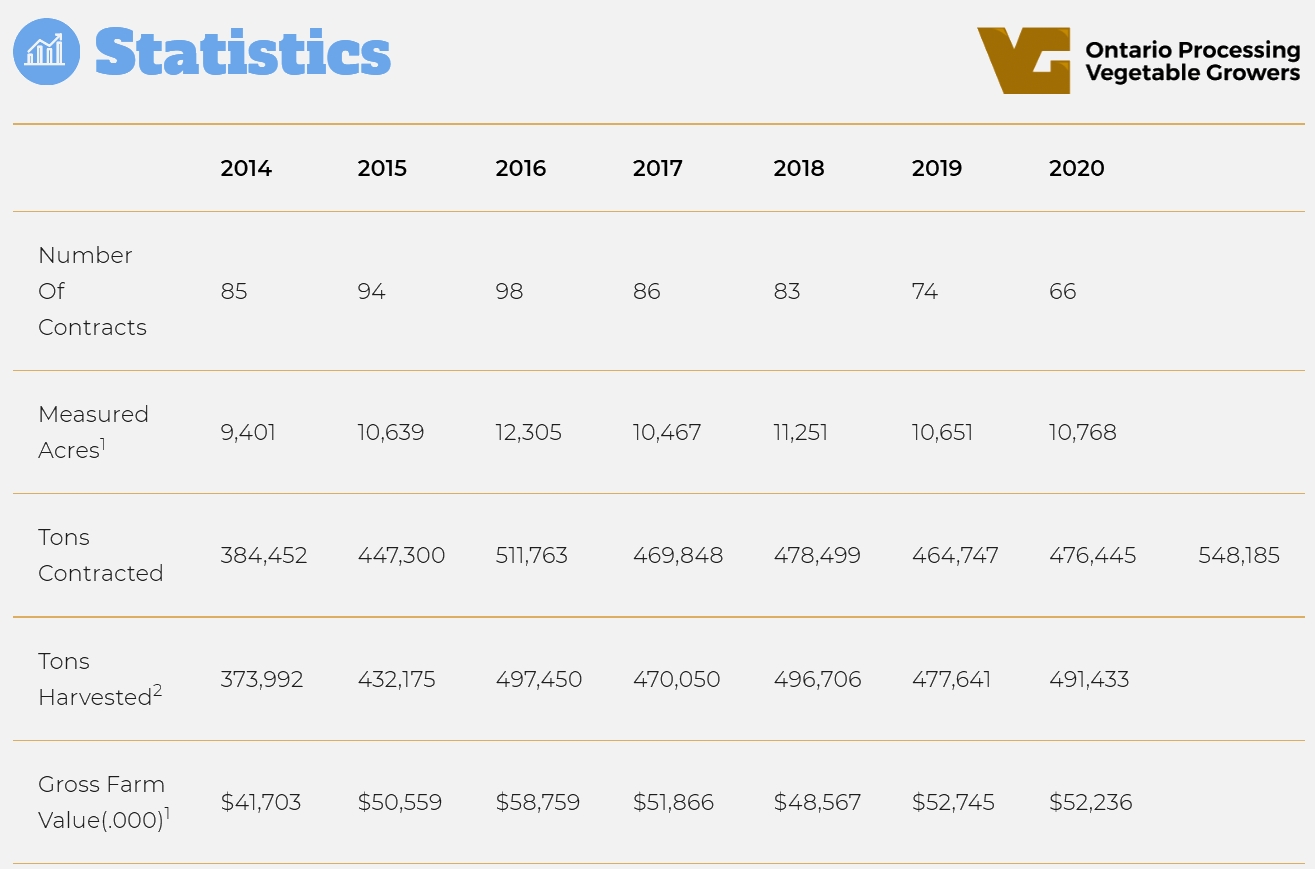Respect for your privacy is our priority
The cookie is a small information file stored in your browser each time you visit our web page.Cookies are useful because they record the history of your activity on our web page. Thus, when you return to the page, it identifies you and configures its content based on your browsing habits, your identity and your preferences.
You may accept cookies or refuse, block or delete cookies, at your convenience. To do this, you can choose from one of the options available on this window or even and if necessary, by configuring your browser.
If you refuse cookies, we can not guarantee the proper functioning of the various features of our web page.
For more information, please read the COOKIES INFORMATION section on our web page.


 Recognizing the need for a real-time documentation and notification system for crop protection products, Tomecek Agronomy Services based out of Chatham, Ontario developed SprayHub in collaboration with the Ontario Processing Vegetable Growers (OPVG). The program can be accessed via mobile app or through a desktop computer. It is first and foremost a system designed for ensuring worker safety and food traceability.
Recognizing the need for a real-time documentation and notification system for crop protection products, Tomecek Agronomy Services based out of Chatham, Ontario developed SprayHub in collaboration with the Ontario Processing Vegetable Growers (OPVG). The program can be accessed via mobile app or through a desktop computer. It is first and foremost a system designed for ensuring worker safety and food traceability. Providing crop protection use information is likely the most beneficial thing that growers can do to support re-evaluation decisions. As written in previous columns, this is about collecting provincial level summary statistics on how crop protection products are actually used by growers such as information on rate, number of applications and acres treated. This only requires aggregate, non-personal data and does not need to identify a farm or specific locations. Individual privacy is a key consideration in developing such summaries.
Providing crop protection use information is likely the most beneficial thing that growers can do to support re-evaluation decisions. As written in previous columns, this is about collecting provincial level summary statistics on how crop protection products are actually used by growers such as information on rate, number of applications and acres treated. This only requires aggregate, non-personal data and does not need to identify a farm or specific locations. Individual privacy is a key consideration in developing such summaries.



























